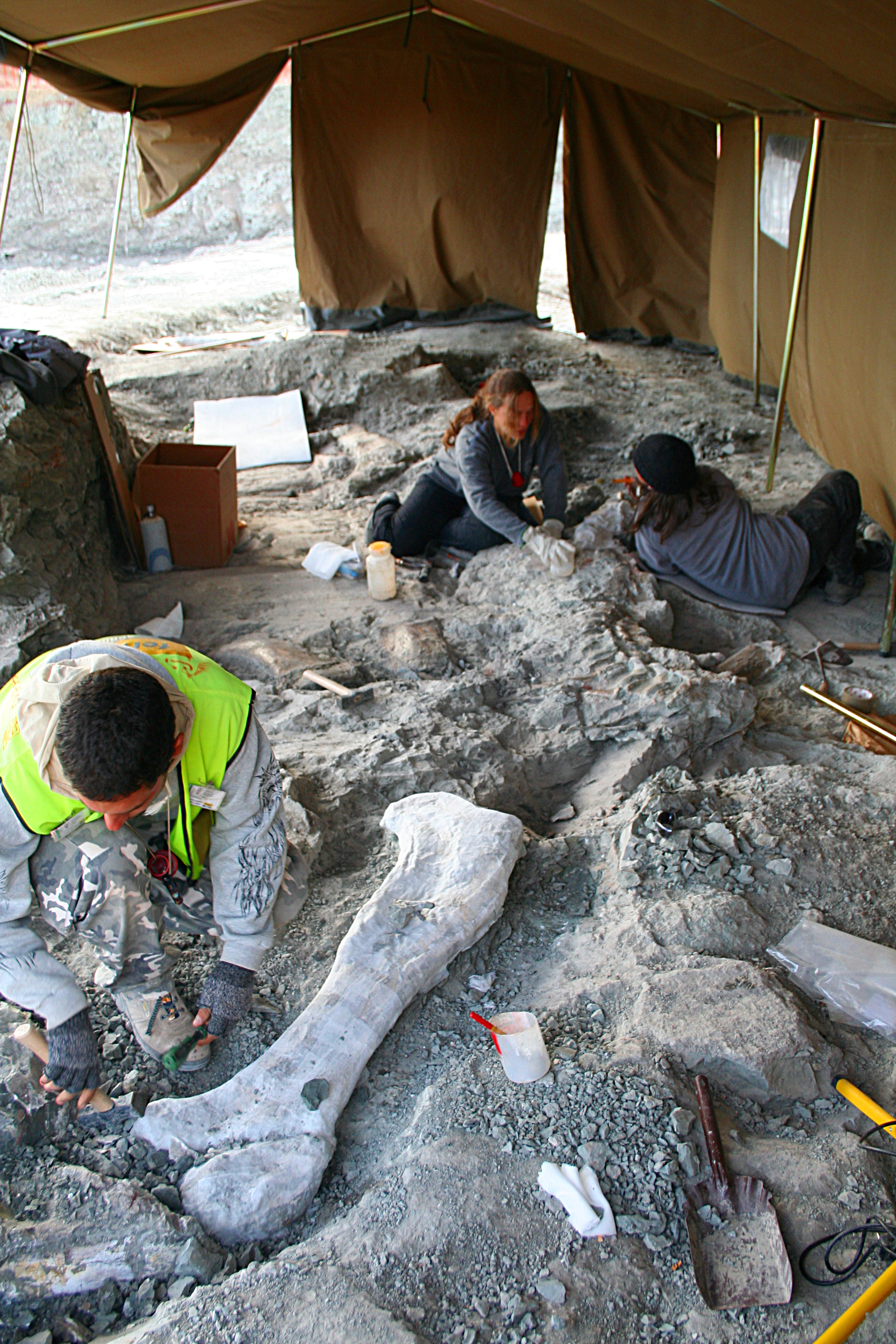|
MSU Museum
The Michigan State University Museum most commonly referred to as the ''MSU Museum'' is Michigan State University's oldest museum formed in 1857. It is the state of Michigan's first Smithsonian Affiliate. It was formed to support the work of the university and is also known for hosting the Great Lakes Quilt Center. History Past curators include J. Alan Holman. Collections Cultural and historical collections The MSU museum cultural and historical collections include anthropology, folklife, cultural heritage, and history. Natural science collections The MSU museum natural science collections include mammalogy, ornithology, herpetology, ichthyology, and vertebrate paleontology. Archaeology Collections The MSU Museum’s archaeological collection, consisting of well over a million artifacts, emphasizes Michigan archaeology, with a geographic focus on the Lower Peninsula and the pre-contact eastern Upper Peninsula. This includes a robust assemblage from the Saginaw Basin, ... [...More Info...] [...Related Items...] OR: [Wikipedia] [Google] [Baidu] |
Michigan State University
Michigan State University (Michigan State or MSU) is a public university, public Land-grant university, land-grant research university in East Lansing, Michigan, United States. It was founded in 1855 as the Agricultural College of the State of Michigan, the first of its kind in the country. After the introduction of the Morrill Land-Grant Acts, Morrill Act in 1862, the state designated the college a land-grant institution in 1863, making it the first of the land-grant colleges in the United States. The college became coeducational in 1870. Today, Michigan State has facilities all across the state and over 634,000 alumni. Michigan State is a member of the Association of American Universities and is Carnegie Classification of Institutions of Higher Education, classified among "R1: Doctoral Universities – Very high research activity". The university's campus houses the Facility for Rare Isotope Beams, the W. J. Beal Botanical Garden, the Abrams Planetarium, the Wharton Center f ... [...More Info...] [...Related Items...] OR: [Wikipedia] [Google] [Baidu] |
Vertebrate Paleontology
Vertebrate paleontology is the subfield of paleontology that seeks to discover, through the study of fossilized remains, the behavior, reproduction and appearance of extinct vertebrates (animals with vertebrae and their descendants). It also tries to connect, by using the evolutionary timeline, the animals of the past and their modern-day relatives. The fossil record shows aspects of the meandering evolutionary path from early aquatic vertebrates to modern fish as well as mammals, birds, reptiles and amphibians, with a host of transitional fossils, though there are still large blank areas. The earliest known fossil vertebrates were heavily armored fish discovered in rocks from the Ordovician period about 485 to 444 Ma ( megaannum, million years ago), with jawed vertebrates emerging in the following Silurian period (444 to 419 Ma) with the placoderms and acanthodians. The Devonian period (419 to 359 Ma) saw primitive air-breathing fish to develop limbs allowing ... [...More Info...] [...Related Items...] OR: [Wikipedia] [Google] [Baidu] |
University Museums In Michigan
A university () is an institution of tertiary education and research which awards academic degrees in several academic disciplines. ''University'' is derived from the Latin phrase , which roughly means "community of teachers and scholars". Universities typically offer both undergraduate and postgraduate programs. The first universities in Europe were established by Catholic monks. The University of Bologna (), Italy, which was founded in 1088, is the first university in the sense of: *being a high degree-awarding institute. *using the word (which was coined at its foundation). *having independence from the ecclesiastic schools and issuing secular as well as non-secular degrees (with teaching conducted by both clergy and non-clergy): grammar, rhetoric, logic, theology, canon law and notarial law.Hunt Janin: "The university in medieval life, 1179–1499", McFarland, 2008, , p. 55f.de Ridder-Symoens, Hilde''A History of the University in Europe: Volume 1, Universities in the Middl ... [...More Info...] [...Related Items...] OR: [Wikipedia] [Google] [Baidu] |
Eli And Edythe Broad Art Museum
The Eli and Edythe Broad Art Museum (MSU Broad or BAM) is a nonprofit, contemporary art museum designed by Zaha Hadid located on the campus of Michigan State University in East Lansing, Michigan, United States. It opened on November 10, 2012. The rotating exhibition schedule allows for frequent new shows to be on view. The museum's curatorial focus is a global focus on emerging to mid-career artists. Exhibitions consist largely of contemporary artists, including those achieving their Master of Fine Arts degree at Michigan State University, as well as shows of selected works from the collection. The MSU Broad organizes a few hundred programs for various ages, open to all at no charge. Admission to the galleries and all community events and programs is free for all visitors, with only certain special exhibitions charging admissions fees. The leading gift to the MSU Broad's collection was provided by Eli and Edythe Broad upon its establishment. The museum, although contemporary, ... [...More Info...] [...Related Items...] OR: [Wikipedia] [Google] [Baidu] |
Little Traverse Bay Bands Of Odawa Indians
The Little Traverse Bay Bands of Odawa Indians (LTBBOI, ) is a Native American recognition in the United States, federally recognized Native Americans in the United States, Native American List of Native American Tribal Entities, tribe of Odawa people, Odawa. A large percentage of the more than 4,000 tribal members continue to reside within the tribe's traditional homelands on the northwestern shores of the U.S. state, state of Michigan, Michigan's Lower Peninsula. The historically delineated Indian reservation, reservation area, located at , encompasses approximately of land in Charlevoix County, Michigan, Charlevoix and Emmet County, Michigan, Emmet counties. The largest communities within the reservation boundaries are Harbor Springs, Michigan, Harbor Springs (formerly known as ''L'Arbre Croche'' in the French colonial era), where the tribal offices are located; Petoskey, Michigan, Petoskey, where the Tribe operates the Odawa Casino Resort; and Charlevoix, Michigan, Charlevoix ... [...More Info...] [...Related Items...] OR: [Wikipedia] [Google] [Baidu] |
Michigan State University Federal Credit Union
The Michigan State University Federal Credit Union (MSUFCU) is a credit union headquartered in East Lansing, Michigan. Primarily serving students and alumni of Michigan State University and Oakland University, MSUFCU is federally chartered and regulated by the National Credit Union Administration (NCUA). MSUFCU is the largest university-based credit union in the world, and the second-largest credit union in Michigan. MSUFCU provides a variety of financial services, including deposit accounts, personal and business loans, investments, and insurance. MSUFCU is owned by its members, which elect a board of directors to oversee its operations. As of November 2023, MSUFCU has 24 branches (all in Michigan), over 350,000 members, more than $7.6 billion in assets, and nearly 1,300 employees. It is a member of the CO-OP ATM network. History In 1937, eight faculty and staff members at the Michigan State College of Agriculture and Applied Science founded the state-chartered Michigan State ... [...More Info...] [...Related Items...] OR: [Wikipedia] [Google] [Baidu] |
Asian Elephant
The Asian elephant (''Elephas maximus''), also known as the Asiatic elephant, is the only living ''Elephas'' species. It is the largest living land animal in Asia and the second largest living Elephantidae, elephantid in the world. It is characterised by its long Elephant trunk, trunk with a single finger-like processing; large tusks in males; laterally folded large ears and wrinkled grey skin that is partly depigmented on the trunk, ears or neck. Adult males average in weight and females . It has a large and well developed neocortex of the brain, is highly intelligent and self-aware being able to display behaviours associated with grief, learning and greeting. Three subspecies are recognised—''Sri Lankan elephant, E. m. maximus'', Indian elephant, ''E. m. indicus'' and ''Sumatran elephant, E. m. sumatranus''. The Asian elephant is distributed in the Indian subcontinent and Southeast Asia, from India in the west to Borneo in the east, and Nepal in the north to Sumatra in th ... [...More Info...] [...Related Items...] OR: [Wikipedia] [Google] [Baidu] |
African Bush Elephant
The African bush elephant (''Loxodonta africana''), also known as the African savanna elephant, is a species of elephant native to sub-Saharan Africa. It is one of three extant elephant species and, along with the African forest elephant, one of two extant species of African elephant. It is the largest living terrestrial animal, with fully grown bulls reaching an average shoulder height of and a body mass of ; the largest recorded specimen had a shoulder height of and an estimated body mass of . The African bush elephant is characterised by its long prehensile trunk with two finger-like processes; a convex back; large ears which help reduce body heat; and sturdy tusks that are noticeably curved. The skin is grey with scanty hairs, and bending cracks which support thermoregulation by retaining water. The African bush elephant inhabits a variety of habitats such as forests, grasslands, woodlands, wetlands and agricultural land. It is a mixed herbivore feeding mostly on grasse ... [...More Info...] [...Related Items...] OR: [Wikipedia] [Google] [Baidu] |
Pleistocene Epoch
The Pleistocene ( ; referred to colloquially as the ''ice age, Ice Age'') is the geological epoch (geology), epoch that lasted from to 11,700 years ago, spanning the Earth's most recent period of repeated glaciations. Before a change was finally confirmed in 2009 by the International Union of Geological Sciences, the cutoff of the Pleistocene and the preceding Pliocene was regarded as being 1.806 million years Before Present (BP). Publications from earlier years may use either definition of the period. The end of the Pleistocene corresponds with the end of the last glacial period and also with the end of the Paleolithic age used in archaeology. The name is a combination of Ancient Greek () 'most' and (; Latinized as ) 'new'. The aridification and cooling trends of the preceding Neogene were continued in the Pleistocene. The climate was strongly variable depending on the glacial cycle, oscillating between cold Glacial period, glacial periods and warmer Interglacial, int ... [...More Info...] [...Related Items...] OR: [Wikipedia] [Google] [Baidu] |
Cambrian Period
The Cambrian ( ) is the first geological period of the Paleozoic Era, and the Phanerozoic Eon. The Cambrian lasted 51.95 million years from the end of the preceding Ediacaran period 538.8 Ma (million years ago) to the beginning of the Ordovician Period 486.85 Ma. Most of the continents lay in the southern hemisphere surrounded by the vast Panthalassa, Panthalassa Ocean. The assembly of Gondwana during the Ediacaran and early Cambrian led to the development of new Convergent boundary, convergent plate boundaries and Volcanic arc, continental-margin arc magmatism along its margins that helped drive up global temperatures. Laurentia lay across the equator, separated from Gondwana by the opening Iapetus Ocean. The Cambrian marked a profound change in Life, life on Earth; prior to the Period, the majority of living organisms were small, Unicellular organism, unicellular and poorly preserved. Complex, multicellular organisms gradually became more common during the Ediacaran, but it ... [...More Info...] [...Related Items...] OR: [Wikipedia] [Google] [Baidu] |
Ichthyology
Ichthyology is the branch of zoology devoted to the study of fish, including bony fish (Osteichthyes), cartilaginous fish (Chondrichthyes), and jawless fish (Agnatha). According to FishBase, 35,800 species of fish had been described as of March 2025, with approximately 250 new species described each year. Etymology The word is derived from the Ancient Greek words ἰχθύς, ''ikhthus'', meaning "fish"; and λόγος, ''logos'', meaning "study". History The study of fish dates from the Upper Paleolithic Revolution (with the advent of "high culture"). The science of ichthyology was developed in several interconnecting epochs, each with various significant advancements. The study of fish receives its origins from humans' desire to feed, clothe, and equip themselves with useful implements. According to Michael Barton, a prominent ichthyologist and professor at Centre College, "the earliest ichthyologists were hunters and gatherers who had learned how to obtain the most use ... [...More Info...] [...Related Items...] OR: [Wikipedia] [Google] [Baidu] |







